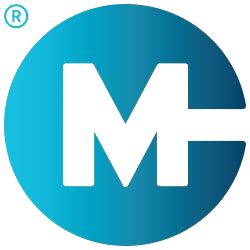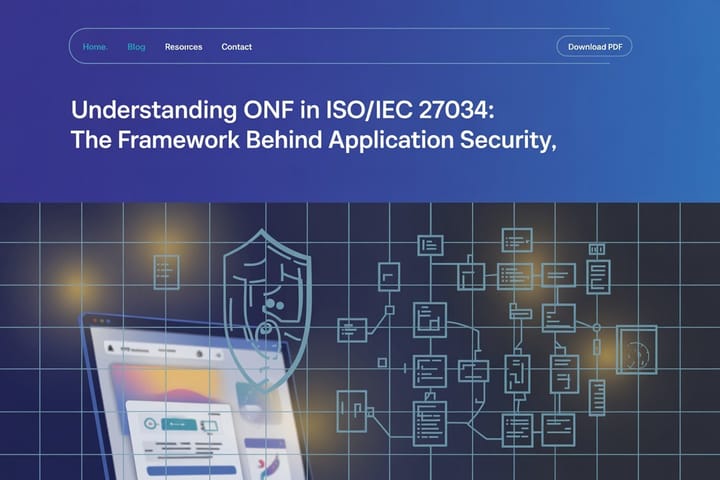How AI is being used to Increase Disability Employment - Course Monster Blog

Sammy was diagnosed with Autism when he was quite young. When you first met him when he applied for a Microsoft internship, by following his journey to full-time employment. His true name is Sammy, but his experience is extremely genuine. He, like many individuals with disabilities, has been shut out of society at times, first at school when he wanted to help fellow pupils with autism but was told he couldn’t because of his disability. As he grew older, he was concerned that these imposed constraints would follow him into the workplace, so he learned to hide his impairment to avoid being stigmatized during job applications.
Unfortunately, his story is not unusual. Companies are striving for talent in the age of “The Great Reshuffle,” and persons with disabilities represent an untapped talent pool to fill the gap. However, the unemployment rate for persons with disabilities is more than double that of people without impairments globally. So, what’s going on here, and how might technology help?
The search for Talent
Recruiters have a range of tools to select from when sourcing applicants, including automated screening systems. Could the application of artificial intelligence (AI) remove the prejudice that Sammy faced during his schooling and job hunt with multiple firms, or would machine learning also filter out highly competent individuals with disabilities like Sammy? The Inclusive Design Research Center (IDRC) at OCAD University is looking for a solution. Over half of businesses will use AI-assisted or AI-automated hiring technologies in the next decade, according to estimates. Does this method assist establish a diverse and inclusive workforce? These technologies use previous hiring data to screen applications by maximizing the features of previous achievements.
Data exploration, when various data sets are integrated into AI-powered tools, can boost diversity without affecting recruiting success, according to prior studies focusing on race, origin, and gender as factors of diversity. Optimizing Diversity with Disability, an IDRC project will extend this study to disability to guarantee that AI screening technologies do not amplify, accelerate, or automate historical prejudice against disabled people. Working with disabled candidates will result in the creation of a synthetic data set that will be used to identify sources of prejudice in recruiting processes. Alternative algorithms for dealing with bias against human differences linked with a disability will be developed using Azure technologies.
In addition to data exploration methods, the team will look into the Lawnmower of Justice’s application. When training a machine learning model, this eliminates the benefit of being similar to everyone else by limiting the number of data items that may be repeated. IDRC recognizes that there are several approaches to addressing the application of AI in disability employment contexts, and their diverse team is eager to hear what findings they can draw from this important study.
The search for jobs
After working in various recruiting positions for 11 years, I’ve discovered that not every recruitment method is suitable for every candidate. For example, at Microsoft, we created the Neurodiversity Hiring Program to enable Neurodiverse individuals to exhibit their talents and credentials throughout the interview process. Because this program was not accessible when You initially met Sammy, you cooperated to figure out what modifications would work best for him.
When it comes to knowledge and resources, many innovators are striving to close the gaps.
Mentra is one such case. Jhillika Kumar, the company’s co-founder, was motivated to start it by her autistic brother Vikram’s desire to live in a more inclusive environment. Mentra’s disability champions are working to create a future that embraces and respects all people, regardless of gender, color, or cognitive ability. The Mentra team got an insight into the ‘invisible hurdles’ that appear in job hunting through research conducted in collaboration with the autistic community and the Autism Self Advocacy Network in Atlanta. Mentra’s mission is to eliminate AI prejudice and build the world’s most inclusive neurodiverse recruiting platform. Their premise is that prejudice in today’s recruitment market begins with the datasets that feed the matching algorithms, not with the recruiter. Mentra believes that algorithms should be oriented on diversity, equity, and inclusion to establish a more equitable recruiting process.
As one of their candidate’s shares:
“Mentra see and understand a problem in the autistic community and want to activate the potential of every neurodiverse individual struggling to find their place in the working world. Mentra made me feel hopeful that more autistic individuals such as myself could be empowered uniquely and innovatively.”
The search of ease-of-use
Every job seeker’s journey begins with them learning about the qualifications of a possible job to assess their own interest and credentials. Job board interfaces are useful in some cases, but what if there was a better method for candidates to learn about a job?
Alex Farr, the creator, and CEO of Zammo.ai are pleased that companies such as Seattle Airport and OurAbility are utilizing Zammo to make information more accessible. Now, he wants to expand on that success by allowing any business with a job board to use their voice to find and apply for employment.
Zammo met Khadija Bari, a student coordinator at VISIONS Services for the Blind, while on their quest to apply AI to accessibility problems. With a forceful query, she opened up a whole new line of thought: “I’m visually disabled. With [Zammo’s] voice platform, all I have to do now is ask my home assistant for the information I need to support the individuals I serve. Why not start with jobs? We do it with so many other goods.”
That question prompted Zammo to investigate how their solution may help the recruiting sector. Zammo’s goal is to provide accessible interfaces for various online job boards based on their prior insights and research, allowing people with disabilities to easily acquire information about openings, align their capabilities, and finish an application. Customers will be able to view semi-structured data on numerous job search websites using Natural Language Processing and Voice in this project. Zammo’s technology integrates Azure Bot Service, Azure Communication Service, Azure Cognitive Search, and Azure Semantic Search to improve search results by comprehending the linguistic meaning of search queries.
Zammo has partnered with Open Inclusion, an inclusive insight, design, and innovation company, to guarantee that their end product satisfies the genuine needs of individuals with disabilities. They assist businesses in unlocking value by inquiring about, understanding, and taking into account the requirements of individuals who move, perceive, think, or feel differently. Zammo’s initiative aligns with Open Inclusion’s mission of making the world more inclusive by harnessing technology to address current problems in novel ways.
Innovations in employment tools
Microsoft’s AI for Accessibility initiative has given funds to the Inclusive Design Research Center (IDRC), Mentra, and Zammo for projects targeted at leveraging the potential of AI to magnify human capabilities for the world’s more than one billion individuals with disabilities. The IDRC was also awarded a combined grant with the Kessler Foundation, which has invested over $50 million in improving work skills and paid employment for thousands of people with disabilities since 2000.
LinkedIn continues to make its interface more accessible and functional by introducing reflow and contrast capabilities, in addition to our grantees. When clients zoom in to magnify material or utilize smaller devices, such as a phone or tablet, reflow is the act of adapting content to the width of the screen so that all content remains inside established limits. Dark Mode, which includes color and contrast components that assist decrease eye strain, adjusting for light sensitivities, and improving text legibility, is also being pushed out. They’ve also just released LinkedIn learning courses for companies, like Hiring and Supporting Neurodiversity in the Workplace and Supporting Workers with Disabilities.
The story only begins with the job search
Companies must ensure that they have onboarding policies in place to encourage inclusiveness and workplace adjustments in addition to employing diverse talent.
People with disabilities can benefit from the hybrid working environment in a variety of ways, including reduced reliance on transportation, the convenience of specialist equipment, and access to digital information. As our grantees employ technology to rethink the future of hiring, Sammy reminds us that disability representation extends beyond the gadgets we use. “Disclose what you are comfortable with, but also explain to the other party what kind of concessions would be beneficial to you,” he advises applicants. Not only will being honest about the criteria you need to make your experience joyful make it better and less stressful, but it will also help you understand whether the firm you’re applying to will assist you while on the job.”
Here at CourseMonster, we know how hard it may be to find the right time and funds for training. We provide effective training programs that enable you to select the training option that best meets the demands of your company.
For more information, please get in touch with one of our course advisers today or contact us at training@coursemonster.com




Comments ()